What is CPOR (Cost per Occupied Room) and How to Calculate It
Oct 5, 2025
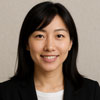 Mika Takahashi
Mika TakahashiPopular Categories
Hotel Technology & InnovationHotel Operations OptimizationDigital MarketingIndustry TrendsRevenue ManagementHospitality Industry
Popular Categories
Trending Post

Hotel Walk Letter Template: Professional Guest Communication
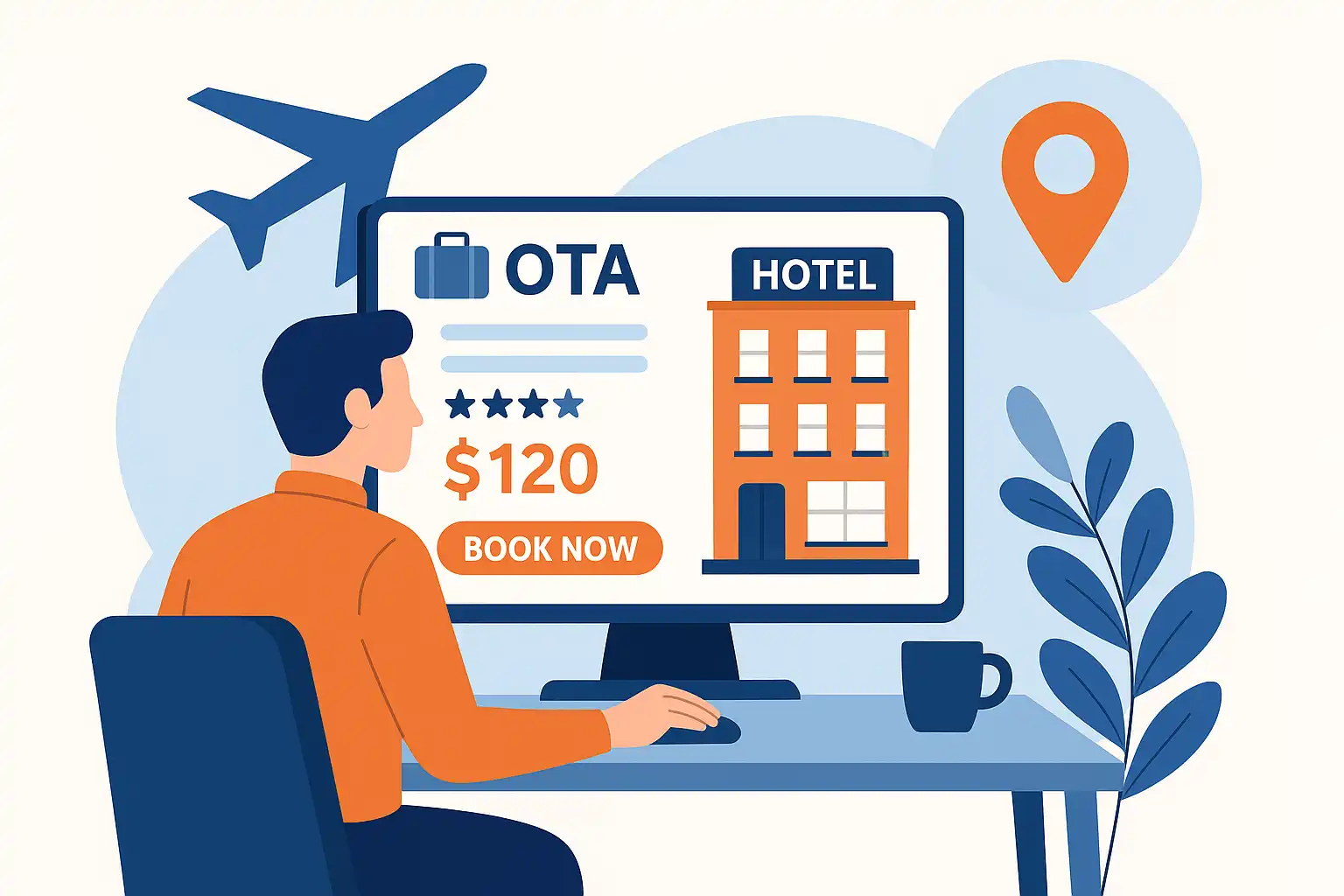
Online Travel Agents: What They Are and How They Work
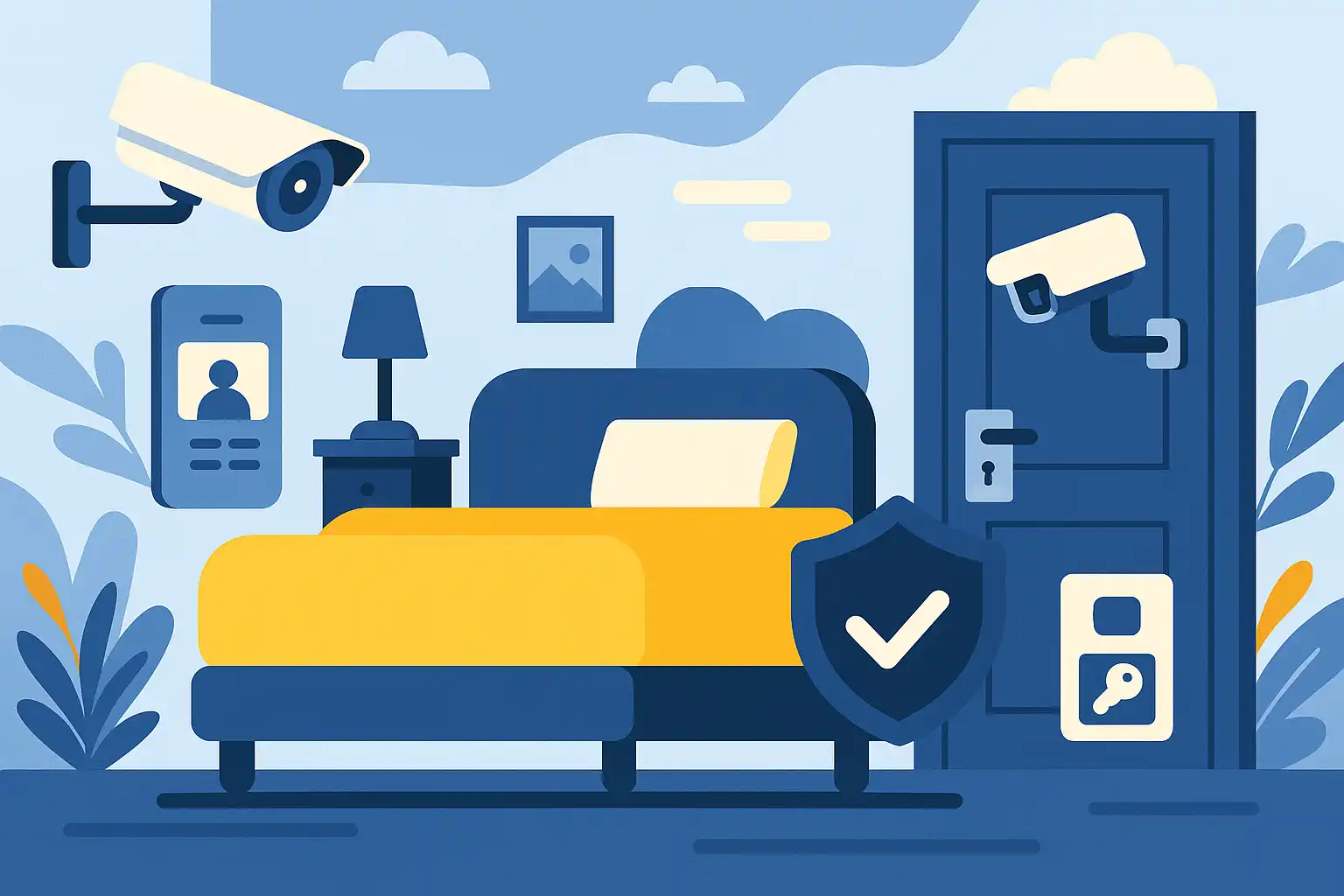
Hotel Security Systems: Modern Protection Solutions

Hotel Advertising: Complete Guide to Boost Bookings and Revenue
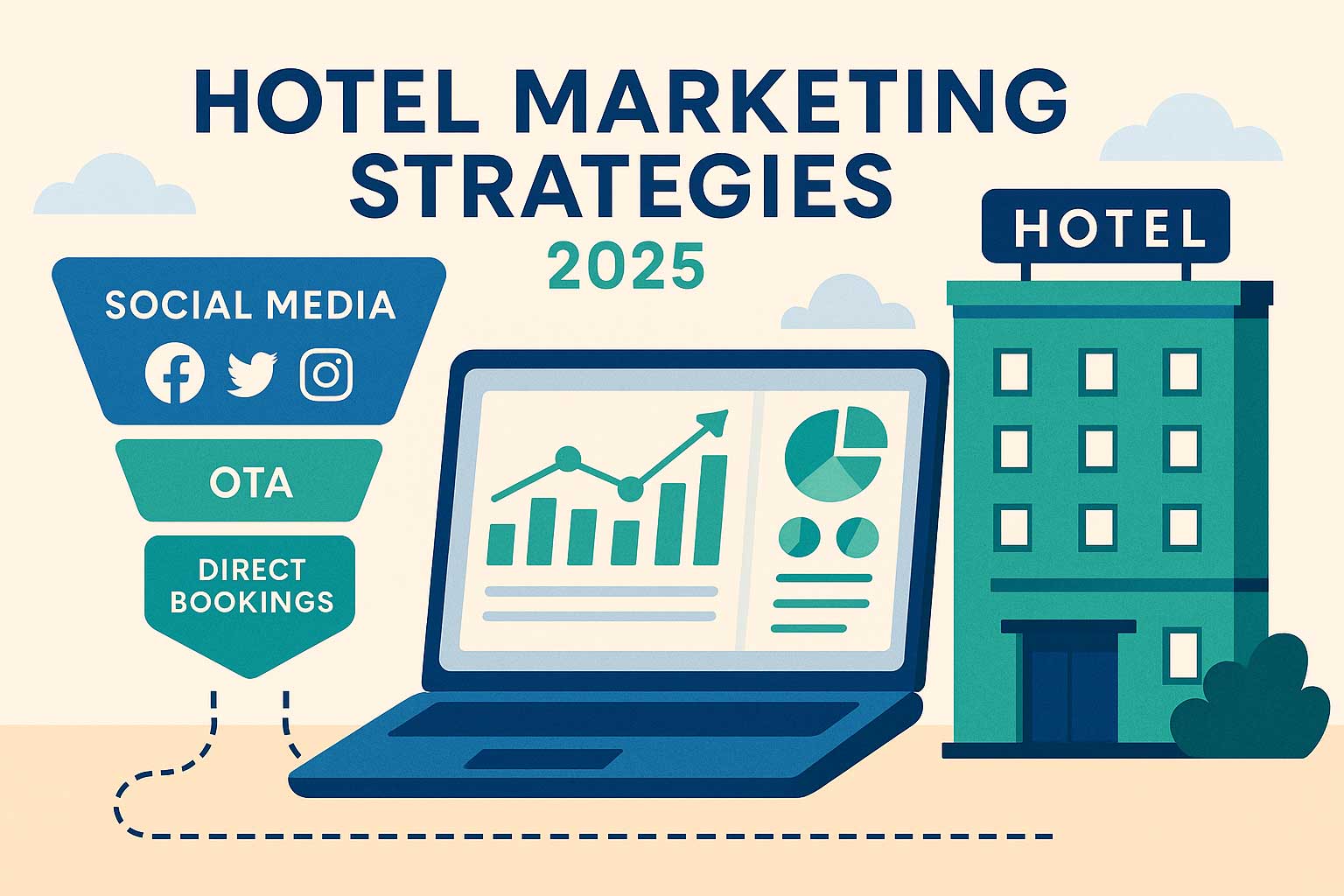
25 Hotel Marketing Strategy Ideas for 2025: Complete Guide

AI Reservation Agent: Revolutionizing Hotel Booking and Guest Experience

PMS Communication: Streamlining Property Management Through Effective Guest Messaging
Table of contents
In today’s fast-paced hospitality world, keeping operating costs in check while delivering top-notch guest experiences is tougher than ever. With rising labor expenses, energy prices climbing, and guests expecting more, hotel managers need reliable ways to measure how efficiently their properties are running—and that’s where cost per occupied room metric comes in.
CPOR, or cost per occupied room, is quickly becoming one of the most valuable metrics for understanding how well a hotel is managing its day-to-day operations. Unlike broad financial numbers that look at the whole property, cost per occupied room zooms in on the actual cost of servicing each guest room that’s bringing in revenue.
This guide will cover everything you need to know about CPOR—from how to calculate it and what typical benchmarks look like, to smart strategies that can help you improve your hotel profitability. Whether you run a cozy boutique or manage several properties, mastering CPOR is key to staying competitive and profitable in the hospitality industry.
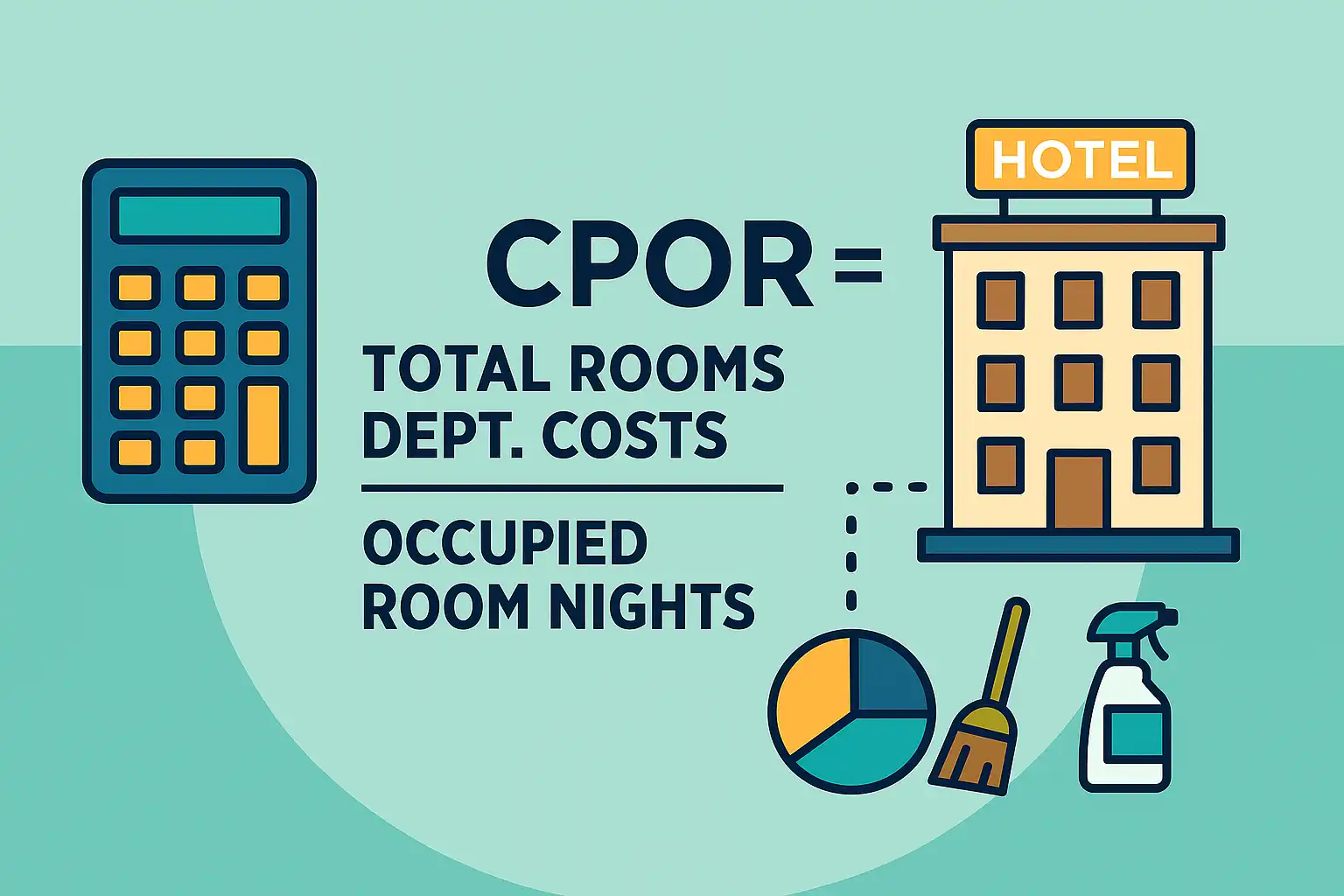
What is CPOR in Hotel Operations
CPOR stands for cost per occupied room. It’s a key performance indicator that tells you the total operating expenses tied directly to servicing each occupied guest room over a given period. By focusing only on rooms that are actually generating revenue, CPOR gives you a clearer picture of how efficiently your hotel is running compared to metrics that include empty rooms.
Why does CPOR matter? Because it helps you understand the average cost involved in delivering each guest’s experience. By dividing your total operating expenses by the number of occupied rooms, you can spot cost trends, see how you stack up against competitors, and make smarter decisions about pricing and where to allocate resources.
CPOR benchmarks vary widely depending on the type of hotel and service level. Budget hotels usually see CPOR figures between $25 and $45 per occupied room, mid-scale properties range from $40 to $65, upscale hotels fall between $65 and $100, and luxury hotels often exceed $100 to $150 per occupied room, with some high-end destinations going even higher.
Focusing on occupied rooms instead of all available rooms gives you more actionable insights. When you calculate cost per available room, you’re including expenses for empty rooms that aren’t generating revenue. CPOR cuts through that noise by measuring only the costs tied to actual guest stays, making it a powerful tool for managing operating costs and boosting overall efficiency.
Keep in mind, a higher CPOR isn’t automatically a bad thing. If it reflects investments in service quality that let you charge higher rates and keep guests happy, it can be a smart move. On the flip side, a low CPOR that comes from cutting corners on service might hurt your brand and profitability over time.
How to Calculate CPOR: Formula and Examples
Calculating CPOR is pretty straightforward: you take your total operating expenses and divide that by the number of occupied rooms during the period you’re measuring. But knowing which expenses to include is key to getting an accurate picture.
Typically, you want to include costs like housekeeping labor and supplies, utilities used in guest rooms, maintenance for occupied rooms, front desk operations, and guest amenities such as toiletries and linens. Most property management systems can track these expenses, making your job easier.
What you don’t include are costs unrelated to room operations, like food and beverage, marketing, administrative overhead, property taxes, and capital expenses. Leaving those out ensures CPOR reflects the variable costs that change with occupancy.
Here’s a quick example: Imagine a 200-room hotel running for one month with these room-related expenses:
- Housekeeping labor and supplies: $85,000
- Utilities (rooms portion): $35,000
- Front desk operations: $20,000
- Guest amenities and linens: $10,000
Total room-related operating expenses: $150,000
Number of occupied rooms for the month: 2,400
CPOR = $150,000 ÷ 2,400 = $62.50 per occupied room
That $62.50 CPOR fits nicely within the typical range for a mid-scale property and gives you a solid baseline for tracking your hotel’s performance over time.
CPOR Calculation Period Considerations
How often you calculate CPOR matters. Doing it monthly gives you timely insights to tweak operations and catch trends early. Quarterly calculations are great for budgeting and comparing seasonal shifts, especially since many hotels see big occupancy swings throughout the year. Annual figures help with big-picture planning and benchmarking against competitors.
Whatever period you choose, be consistent with how you categorize and allocate expenses. Seasonal changes can throw off CPOR calculations—like during slow periods when some fixed costs get spread across fewer occupied rooms, making CPOR look artificially high.
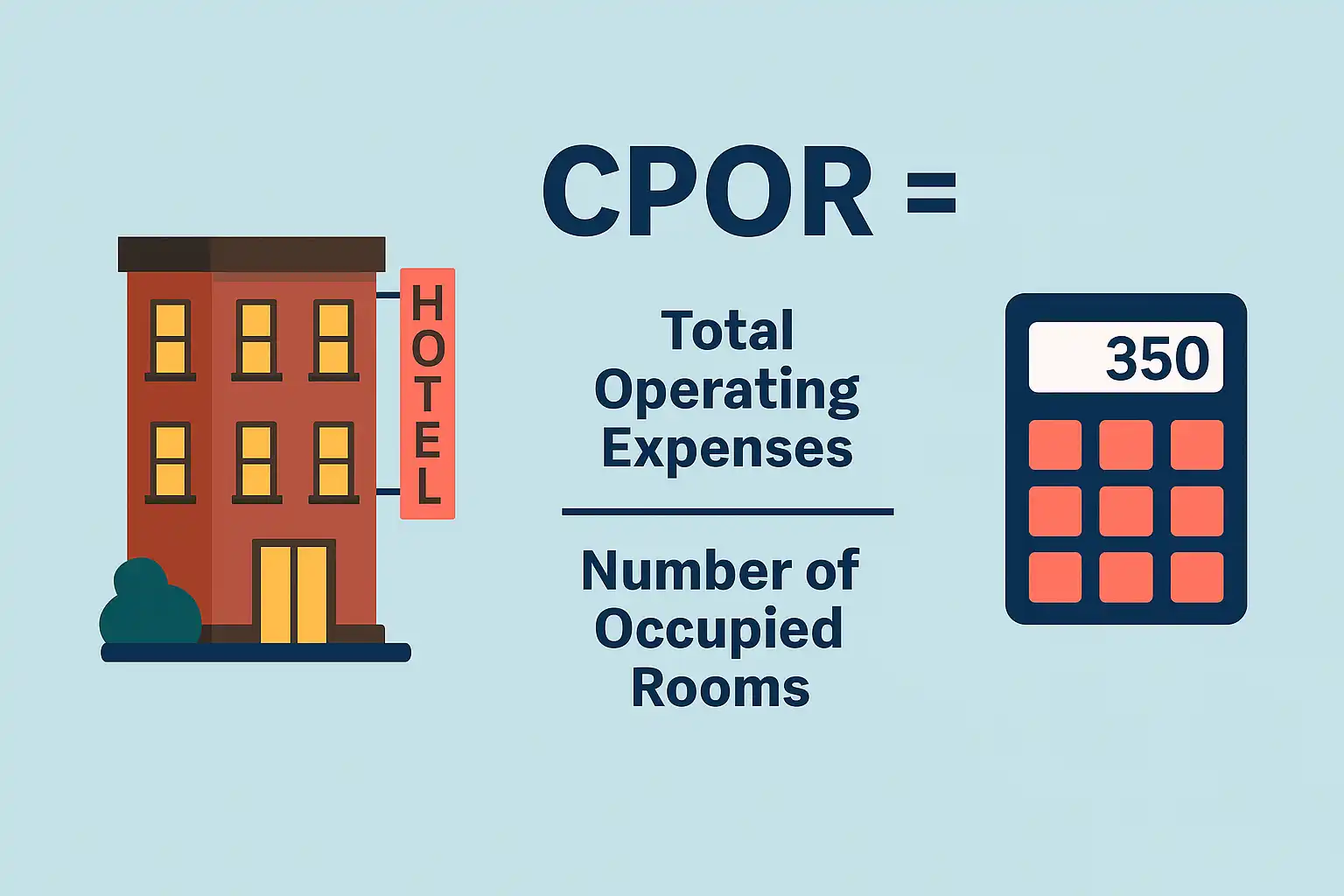
Why CPOR Matters for Hotel Profitability
Cost per occupied room is a vital link between how efficiently you run your hotel and how profitable it is. It reveals the real cost of delivering guest experiences that bring in revenue. Unlike broad profitability numbers that can hide operational issues, CPOR shines a light on whether your costs line up with your revenue-generating activities.
When you look at CPOR alongside metrics like average daily rate (ADR) and revenue per available room (RevPAR), you get a clearer sense of whether spending more on service and amenities is paying off in higher rates and happier guests. This helps you find the sweet spot between controlling costs and enhancing service for the best profits.
CPOR also helps with budgeting and forecasting. Knowing your historical CPOR and how it changes with the seasons means you can better predict future costs and plan staffing, inventory, and maintenance accordingly.
It acts as an early warning system too. If your cost per occupied room keeps creeping up without bringing better guest satisfaction or higher prices, it’s a sign to dig deeper and fix inefficiencies before profits take a hit.
Benchmarking CPOR against similar hotels gives you valuable market insights. If your CPOR is much lower, you might have a cost advantage that lets you price more aggressively or boost margins. If it’s higher, you’ll know where to focus your improvement efforts.
For owners and investors, CPOR trends reveal how well management is doing and whether the hotel’s operations are sustainable. Rising CPOR without revenue growth could mean it’s time for a strategic rethink.
Key Factors Affecting CPOR Performance
Labor costs usually make up the biggest chunk of CPOR—often 60-70% of room-related expenses. How you schedule housekeeping, front desk, and maintenance staff can have a big impact. Smart scheduling and productivity improvements can lower CPOR without sacrificing service quality.
Utility costs vary a lot depending on occupancy and how energy-efficient your property is. Old HVAC systems, poor insulation, and inefficient lighting can drive up utility bills and inflate CPOR. Seasonal changes also affect heating and cooling needs.
Guest amenities like toiletries, linens, cleaning supplies, and in-room extras add to CPOR and reflect your hotel’s service level. Luxury hotels naturally spend more here to support their premium positioning, while budget hotels keep it simple to control costs. The key is balancing amenity costs with guest expectations and pricing.
Maintenance and repairs for occupied rooms can also affect cost per occupied room, especially if your property is older or has deferred maintenance. Preventive maintenance programs help lower long-term costs by avoiding costly emergency fixes.
Seasonal demand swings can skew CPOR too. During low-occupancy times, some semi-fixed costs like minimum staffing and base utilities get spread over fewer rooms, making CPOR look higher than it really is. Understanding these patterns helps you interpret CPOR data accurately and adjust operations.
Energy efficiency measures are becoming more important as utility costs rise and guests value sustainability. Investments in LED lighting, smart thermostats, and energy management systems often pay off with lower CPOR and a greener footprint.
Proven Strategies to Optimize CPOR
Improving CPOR takes a balanced approach—cutting costs and boosting efficiency without hurting service quality. The best hotels tie CPOR optimization to revenue management, aiming to maximize profitability, not just minimize expenses.
Most improvements show results within 3-6 months, though energy upgrades might take longer to pay off. The goal is sustainable changes, not quick fixes that compromise your hotel’s long-term success.
Technology plays a big role in lowering CPOR by automating tasks and improving efficiency while keeping guests happy.
Regularly tracking and tweaking your CPOR initiatives ensures they stay effective and helps you spot new opportunities.
Operational Efficiency Improvements
Smart scheduling based on occupancy forecasts is one of the easiest ways to cut labor costs and improve CPOR. Advanced systems can reduce housekeeping and front desk labor by 8-15% while keeping service levels high. They analyze past data and booking trends to optimize staffing and minimize overtime.
Energy management systems with occupancy sensors can cut utility bills by 12-20% by adjusting lighting, heating, and cooling automatically based on room use. These systems prevent wasted energy in empty rooms but keep guests comfortable. They usually pay for themselves in 12-18 months.
Preventive maintenance programs reduce emergency repairs and extend equipment life, lowering CPOR over time. Regular upkeep avoids costly breakdowns that disrupt operations and require expensive fixes. Hotels with strong maintenance programs often see 15-25% savings in related costs.
Optimizing hotel inventory for guest supplies and housekeeping materials cuts waste and carrying costs. Automated systems track usage and reorder just what’s needed, reducing excess stock while avoiding shortages. This can lower supply costs by 5-10% and improve efficiency.
Cross-training staff to cover multiple roles during busy times helps maintain service without hiring more full-time employees. This works well for smaller hotels and reduces hotel labor costs while keeping service consistent.
Technology Solutions for CPOR Reduction
Modern property management systems with built-in cost tracking give real-time CPOR data and automate expense allocation. This cuts manual work and errors, helping managers spot cost trends quickly. PMS platforms can reduce admin labor by 10-15% and improve accuracy.
Mobile housekeeping apps streamline cleaning with digital checklists, inventory tracking, and quality control, boosting productivity by 15-20% without sacrificing standards.
Guest messaging platforms automate routine inquiries, lightening front desk workloads by 8-12% and speeding up responses, which guests appreciate.
Energy monitoring software digs into consumption patterns and spots extra savings beyond basic occupancy controls. Hotels using these tools often cut utility costs by 15-25%.
Vendor management systems simplify purchasing and contract negotiations, lowering admin costs and improving supplier relationships through automation and analytics.
Cost Management Tactics
Renegotiating vendor contracts yearly can save 5-12% on supplies and services. Focus on volume discounts, better payment terms, and service improvements to lower costs. Annual vendor reviews help spot savings.
Buying supplies in bulk cuts per-unit costs, especially when collaborating with other hotels to increase buying power. This works well for non-perishables like linens and toiletries.
Green initiatives like towel and linen reuse, energy-efficient equipment, and water-saving measures lower costs while appealing to eco-conscious guests.
Partnering with local suppliers reduces delivery costs and supports the community, improving supply chain reliability for perishables and emergency needs.
Regular expense audits identify unnecessary services or duplicate contracts that can be cut without hurting guest experience.
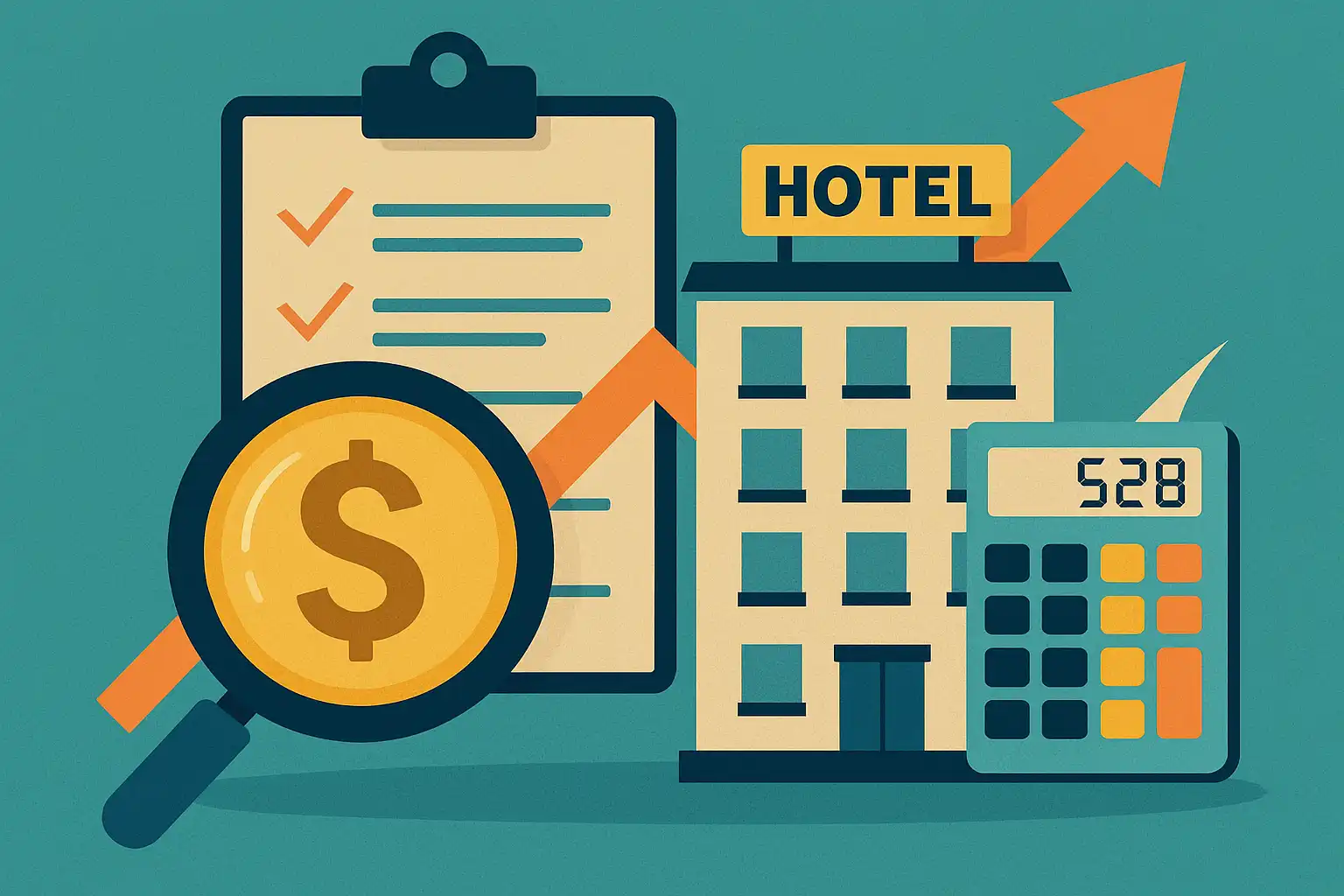
Common CPOR Challenges and Solutions
Rising labor costs from minimum wage hikes and staffing shortages are major challenges for hotels in 2024. Some regions see 15-20% annual wage increases. Balancing fair pay with cost control means boosting productivity and efficiency.
Solutions include more automation, better staff training, flexible scheduling, and benefits that reduce turnover. Cross-training helps smaller teams cover more ground efficiently.
Inflation is driving up supply costs for linens, amenities, and cleaning products by 10-15% annually, putting pressure on CPOR. Smart purchasing and vendor management are key to managing these increases.
Energy price swings make utility costs unpredictable, complicating CPOR budgeting. Fixed-rate contracts and efficiency investments help stabilize costs.
Guests expect more amenities and personalized service, which can push CPOR up without always increasing revenue. Smart amenity upgrades, technology that boosts efficiency, and service differentiation can justify higher rates.
Poor maintenance leads to costly emergency repairs and equipment replacements, raising CPOR. Deferred maintenance may save money short-term but hurts long-term costs and guest satisfaction.
High utility costs from uncontrolled energy use, especially in older properties, inflate CPOR. Energy efficiency measures and utility management systems are crucial to control these expenses.
CPOR Benchmarking and Industry Standards
Knowing industry benchmarks is vital to see how your hotel stacks up and where to improve. Economy hotels usually have CPOR between $25 and $40 per occupied room, while luxury hotels can exceed $150 in premium locations.
Mid-scale hotels target $40 to $65, and upscale properties often fall between $65 and $100. These ranges reflect differences in service, amenities, and operational complexity. If your CPOR is consistently outside these bands, it’s time to review efficiency or pricing.
Regional differences matter too. High-cost cities like New York or San Francisco may have CPOR 20-30% above national averages, while secondary markets might be lower. Labor, utilities, and supplier costs all play a role.
Seasonal benchmarks vary widely for resorts versus business hotels. Resorts can see 40-60% CPOR swings between peak and off-season due to occupancy and staffing changes. Business hotels tend to have steadier CPOR throughout the year.
Sources like STR reports, industry groups, and hospitality consultants provide market-specific benchmarks to help you compare your performance.
Watch out for CPOR that’s 15-20% above your competitive set, climbing fast without revenue gains, or rising faster than inflation and wages. These are red flags signaling the need for cost control and efficiency improvements.
Benchmarking should consider your property’s age, renovations, and unique features that might justify higher CPOR. Newly renovated or amenity-rich hotels may legitimately run above average if it supports premium pricing.
Doing quarterly or semi-annual benchmarking helps you catch trends early and understand your market position. Track both raw CPOR and changes compared to competitors for the best insights.
Benchmarking isn’t just about cutting costs—it’s also about positioning and revenue optimization. Hotels with below-average CPOR might have room to invest in service upgrades that boost rates and guest satisfaction, ultimately increasing revenue and profitability.
For benchmarking to be meaningful, measure consistently and compare against similar properties in size, service level, and market segment. Broad averages won’t give you the insights you need.
Understanding your CPOR within the industry context helps you make smarter decisions about cost management, service investments, and competitive strategy. Regular monitoring and optimization of this key metric can boost operational efficiency and profitability while maintaining the service quality that keeps guests coming back and loyalty programs thriving.
